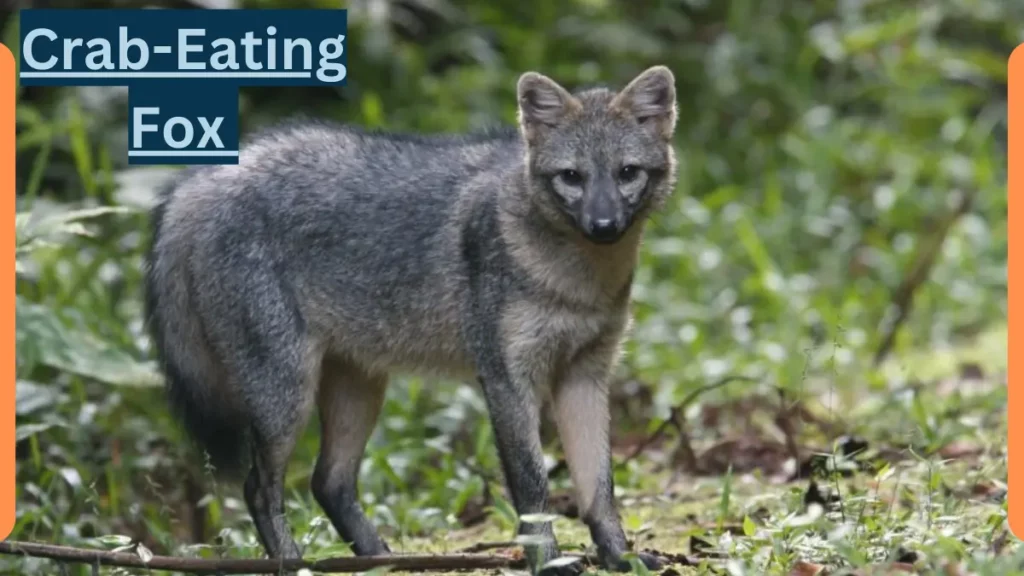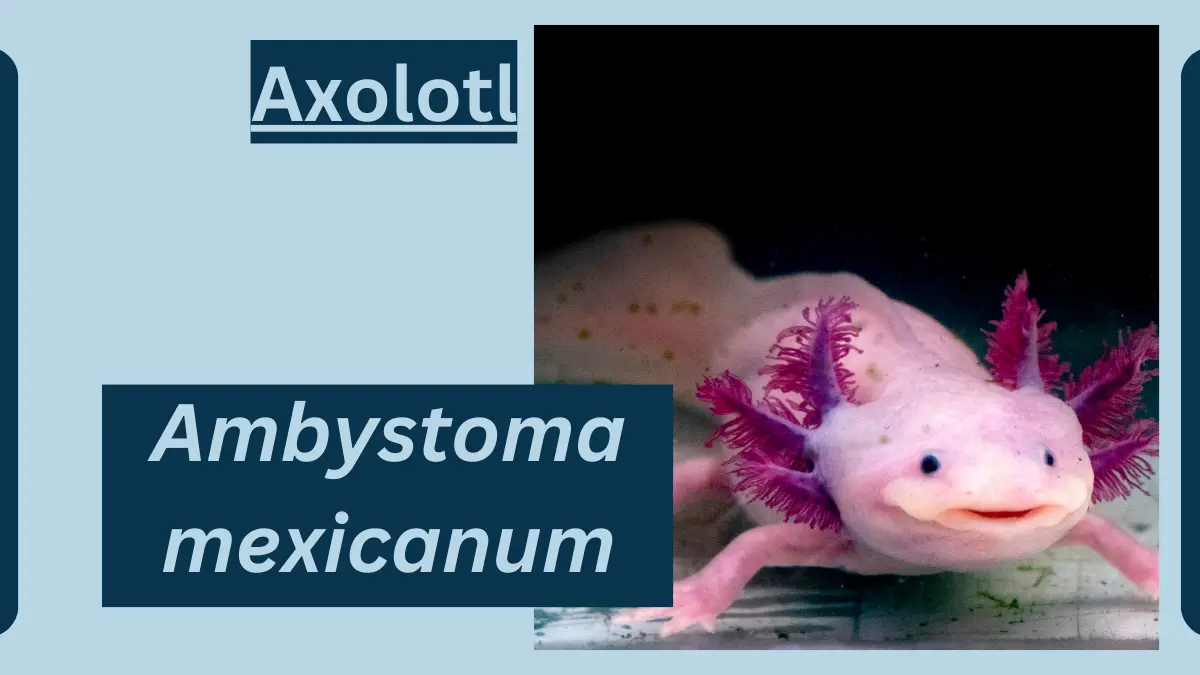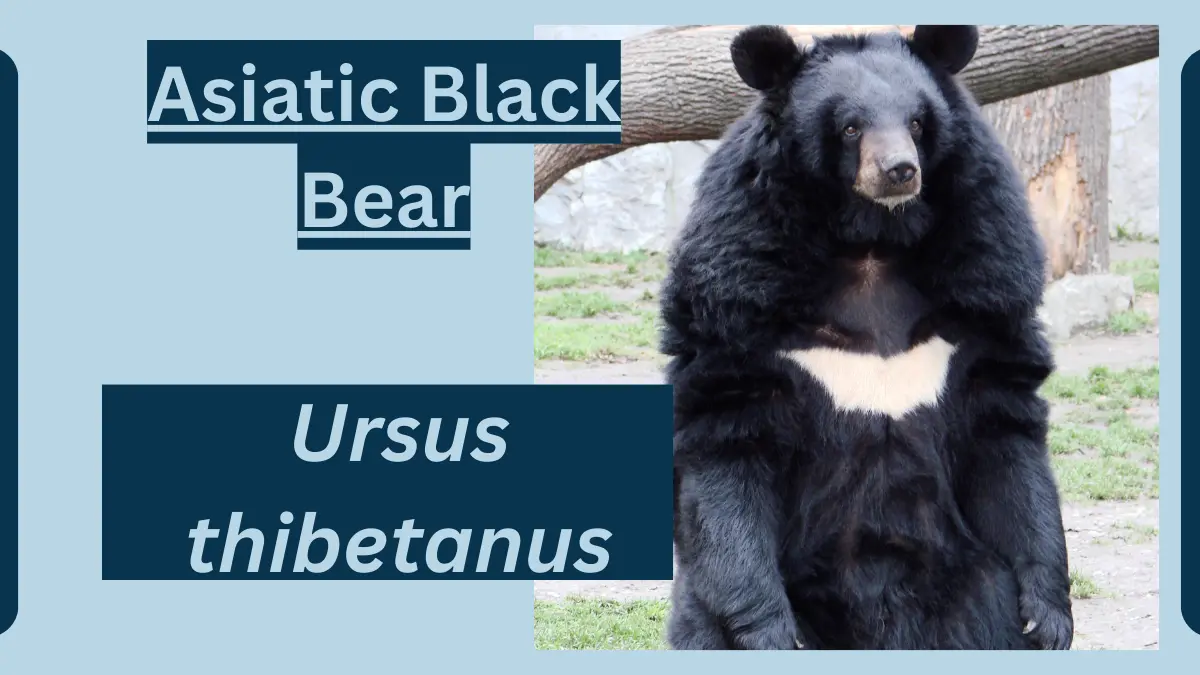Crab Eating Fox – Complete Guide | Cerdocyon thous
October 21, 2023
The Crab-Eating Fox, scientifically known as Cerdocyon thous, is a small canid found in parts of South America.

Crab Eating Fox
Here’s some information about the Crab-Eating Fox:
| Topic | Information |
| Scientific Classification | – Kingdom: Animalia |
| – Phylum: Chordata | |
| – Class: Mammalia | |
| – Order: Carnivora | |
| – Family: Canidae | |
| – Genus: Cerdocyon | |
| – Species: Cerdocyon thous | |
| Physical Appearance | – Size: Crab-Eating Foxes are small canids, typically measuring about 20 to 27 inches (50 to 70 centimeters) in length, not including their 12 to 17-inch (30 to 43-centimeter) tail. |
| – Coloration: They have a reddish-brown coat with a white throat, chest, and underparts. Their legs are often black. | |
| Range and Habitat | Crab-Eating Foxes are found in various parts of South America, including Brazil, Argentina, and Paraguay. They inhabit a range of habitats, including grasslands, savannas, and forests. |
| Behavior and Lifestyle | – Nocturnal: They are primarily nocturnal, being most active during the night. |
| – Diet: Despite their name, they do not primarily feed on crabs. They have an omnivorous diet, which includes small mammals, birds, insects, fruit, and carrion. | |
| – Solitary: Crab-Eating Foxes are typically solitary animals and may have small home ranges. | |
| Reproduction and Life Cycles | – Breeding: They have a flexible breeding season. Females give birth to litters of typically 2 to 4 pups after a gestation period of about 50 days. |
| – Pup Care: Pups are born in dens and are cared for by their mother. They are weaned at around 6 to 8 weeks. | |
| Diet and Prey | Crab-Eating Foxes have a diverse diet, which includes small mammals, birds, insects, fruit, and carrion. While they do eat crabs on occasion, it is not a primary part of their diet. |
| Predators and Threats | They face threats from habitat loss and fragmentation, as well as hunting in some areas. They are not typically preyed upon by larger predators. |
| Interesting Facts and Features | – Misleading Name: The name “Crab-Eating Fox” can be misleading as they do not predominantly feed on crabs. |
| – Omnivorous Nature: Their ability to adapt to a variety of food sources contributes to their wide distribution. | |
| Relationship with Humans | Crab-Eating Foxes are generally shy and avoid human contact. They are not considered a threat to livestock or crops in the same way larger canids might be. |
| Conservation Status and Life Today | The conservation status of Crab-Eating Foxes varies by region. In some areas, they are considered of least concern, while in others, they may be listed as near-threatened. Conservation efforts aim to protect their habitats and populations. |
File Under:







Leave a Reply